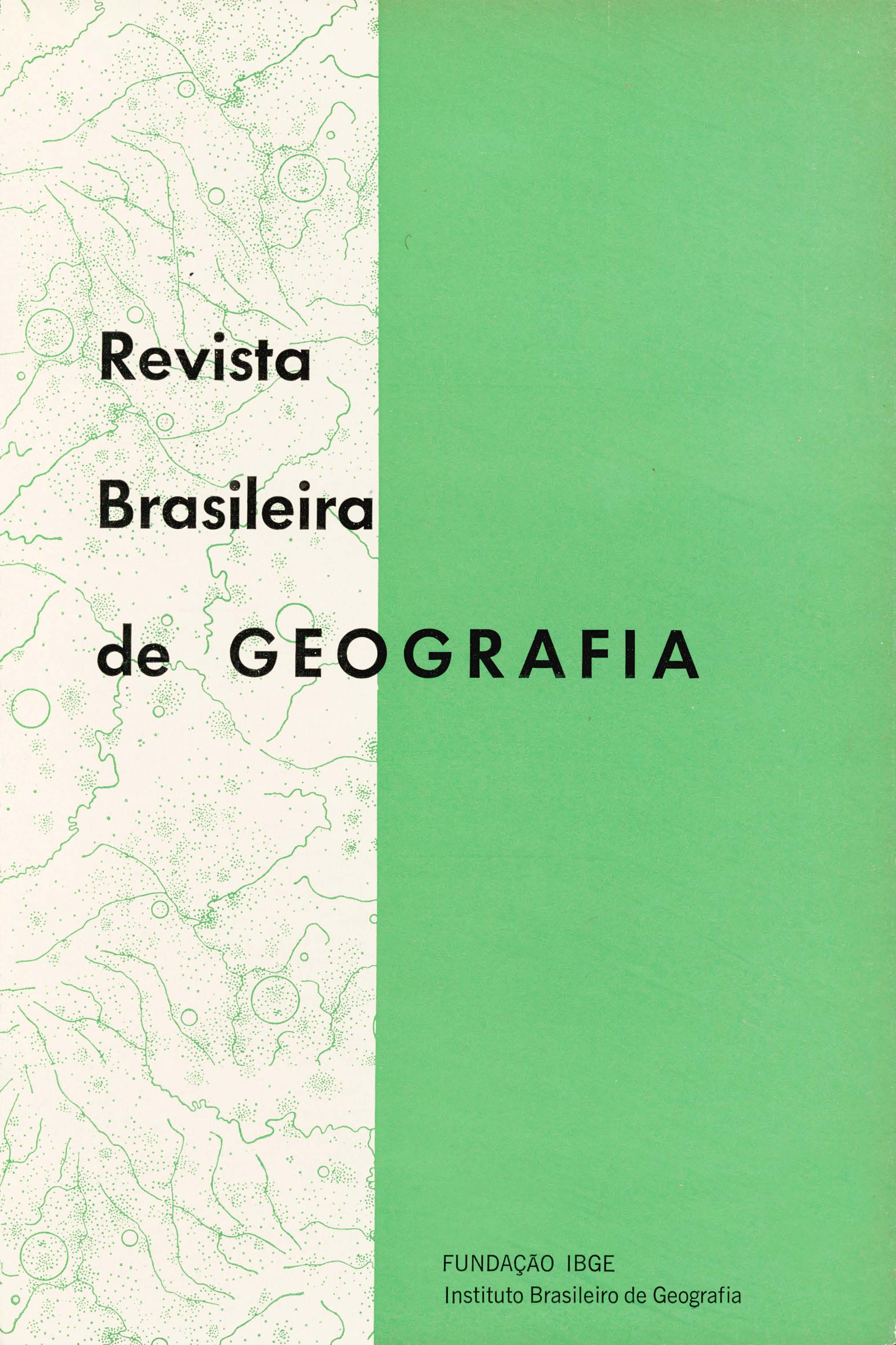O Norte do Espírito Santo : região periférica em transformação
Palavras-chave:
Espírito Santo - Estado, Café, Economia agrícola, Geografia econômica, Geografia agrícolaResumo
Worked out in the end of 1969 based on a field work, this thesis analyzes the changes in course in northern Espírito Santo, with a theoretic basis, in the case the center-periphery model.
The observed changes are to be understood as part of spatial reorganization resulting from the polarized structure imposed in the economic space with emerging centers, representing by São Paulo and Rio de Janeiro which transforms in periphery the remain part of the country. Defined by its relationships of dependence with the "center", the periphery assumes different positions in the spatial system in function of its accessibility to the "center" and of its specific characteristics.
In the case of Espírito Santo state, unable in accompanying the growing of the "'center", and more recently, of Salvador (Bahia), becomes obsolete by its position, assuming a character of an inter-metropolitan periphery. This incapacity arising from the intrinsic limitations of its coffee crops and from it's relationship with the "center" - chiefly referring to the policy of rationalization of the coffee production- resulting in a severe economic crisis.
Due to the pre-existent spatial characteristics the repercussion of the crisis is diverse in the portions of the state located southward Rio Doce valley, being bigger its impact there. In view of its recent condition of coffee farming front, but extremely vulnerable, the North didn't achieve in creating good growing conditions self-supportable and in the face of the extinction of the short coffee cycle it is shown as a weak periphery. The economic depression, however, is concurrent to its integration in the spatial system. Although lt has hasten the collapse in the regional export economy, the '"center" simultaneously, impels the space reorganization. Offering a consumption market and planting roads, it animates the development of a new activity - the cattle raising - allowing the entailment of the North, although precarious, with the home market, through the cattle and by-products export, and of the surplus labour mobilization in the process of coffee replacement by cattle raising.
Unchained by the coffee policy of the "center" the economic cns1s is, therefore, the motive power of the economic transformation, promoting an intensive reorganization of the regional space.
The analysis of the spatial transformation is carried out in the municipality of Pancas, evidencing: 1) the replacement of coffee by dairy cattle; 2) the modification of agrarian structure, characterized by amplification of land size at the expense of the elimination of properties of less than 100 ha (the great majority), and by modification of the production relations through the replacement of the share-croppers by wage-earners; 3) the intensive exodus of the people (about 50 per-cent) and the modification of the migratory flux. Although the northern inhabitants always have shown great mobility its moving has been carried on within the regional borders in search for virgin land. The change of the people destination, who after the crisis moves to new farm fronts of Mato Grosso, Paraná or to towns as Colatina, Vitória, Belo Horizonte, Brasília, besides Rio de Janeiro, reveal a modifications in the regional position of northern Espírito Santo, which loses its condition of farm front and assumes that of weak periphery; 4) the variation in spatial behavior in the face of the crisis as consequence of two important variants: natural and cultural conditions. The largest rates of coffee eradication and of amplification of land size and of the people exodus occur in the areas that depend more on coffee, which correspond to tierras frias and tierras templadas and where predominate the small and middle properties, respectively, and its inhabitants are of Brazilian-Portuguese origin. In the tierras calientes, occupied by people of German origin, the dependence to the coffee is lesser by virtue of land-use diversification, linked to the soil quality and to the cultural characteristics of the people. The crisis effects were much lesser and consequently lesser the space transformation.
The study of the transformation process of the North, based on a center-periphery model reveals that, in the likeness of many areas of the country, cattle raising is the most profitable activity in the conquest and in the reorganization of the agricultural space, promoting the transference of the traditional export economies to that of home market, that is, the integration of the peripheric spaces; that the center-periphery relations in this sector show a contradiction between the economic advantages brought to the country and the social and economic disadvantages caused to the regional inhabitants.
The study reveals yet that the regional problems will be not solved only in the regional extent. In the case of Pancas any action in the sense of regional recuperation should consider not only to the agrarian reorganization with a view to the amplification of the middle size properties, till a minimum of 100 ha and the diffusion of soil conservation techniques, and the accessibility to new markets as well. In this sense Pancas and the North, in general, would profit its inter-metropolitan position and its weak ties with the Southeast, establishing closer bonds with Salvador, where the Espírito Santo production finds better competitive conditions. The dynamization of the city of Vitória would create conditions to permit the North and the whole state to reach autonomous life and finally its peripheric position.






